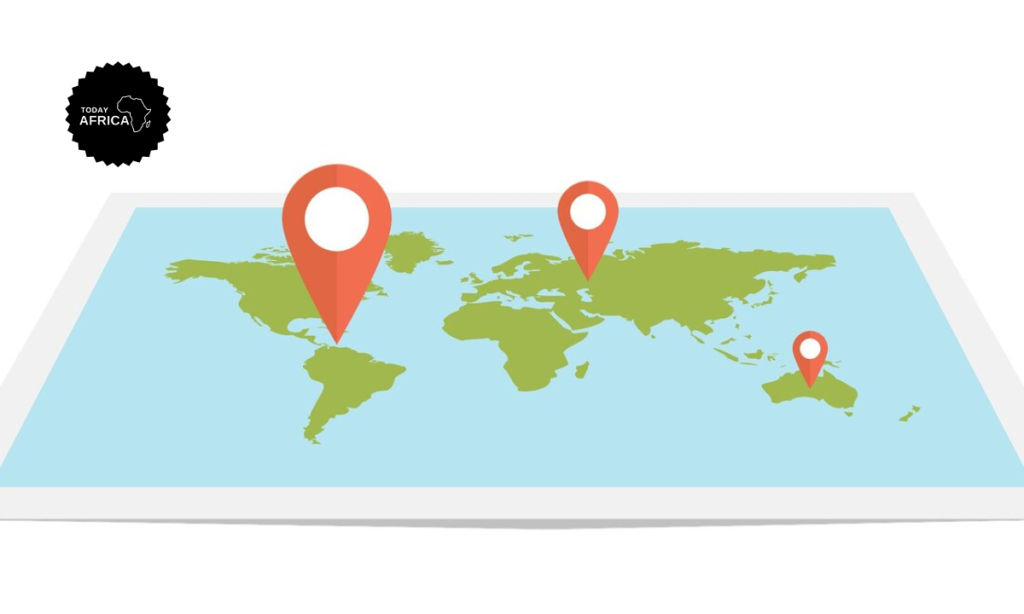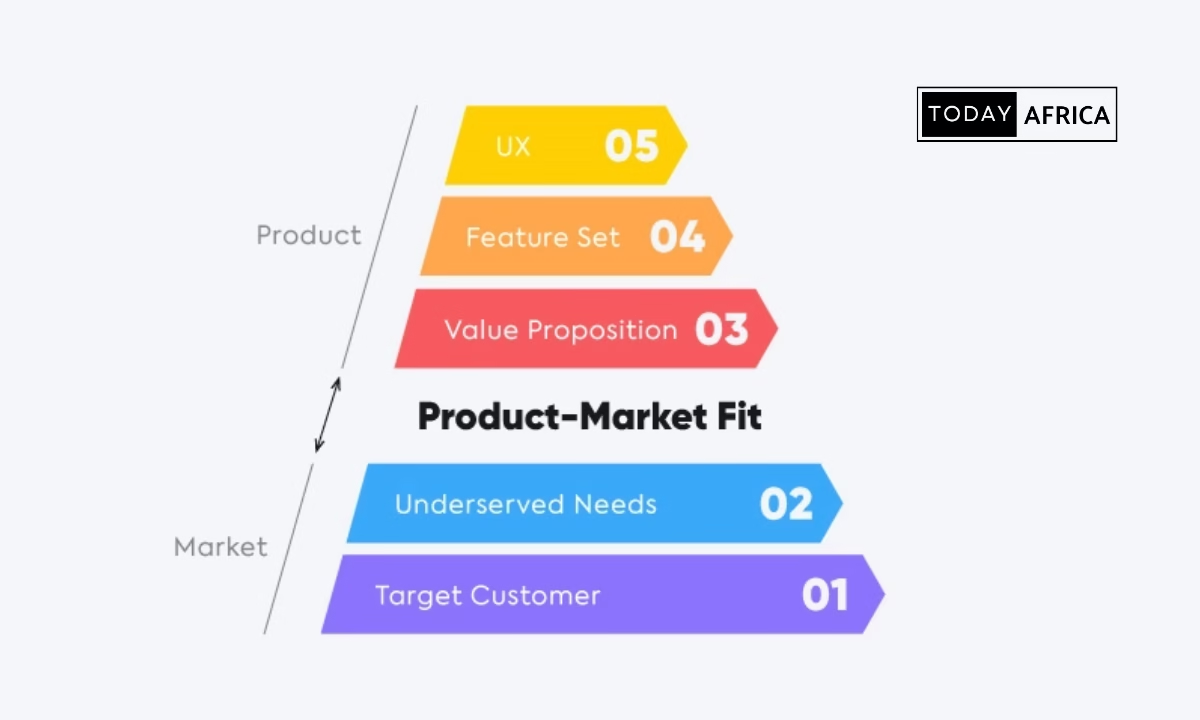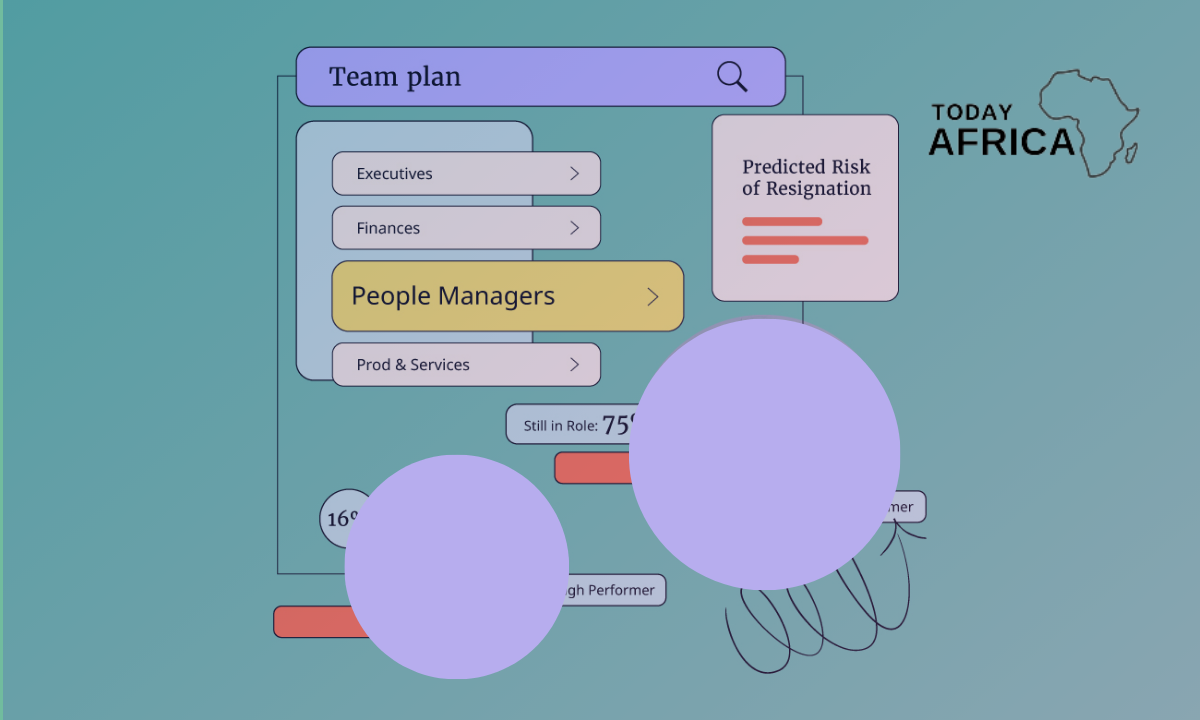In today’s highly competitive business environment, location strategy is pivotal. Where a company chooses to operate significantly impacts its success, from customer accessibility to cost management.
This blog delves into the importance of location strategy, key considerations for businesses, various types of location strategies, and real-world examples of successful implementations.
What is Location Strategy?
Location strategy is a comprehensive plan that determines where a company should establish its operations to maximize profitability and operational efficiency. It involves analyzing various factors such as market potential, cost implications, logistical convenience, and regulatory constraints. This strategic decision can affect a company’s growth trajectory and its ability to compete effectively in the market.
Importance of location strategy to your business
The significance of location strategy cannot be overstated. Here are some compelling reasons why businesses must prioritize it:
- Market access: Being close to your target market ensures better customer service, faster delivery times, and enhanced customer satisfaction.
- Cost efficiency: Location influences costs related to labor, transportation, taxes, and utilities. An optimal location can substantially reduce these expenses.
- Competitive advantage: A strategic location can provide a competitive edge, whether through proximity to resources, talent, or customers.
- Supply chain optimization: Efficient location choices can streamline supply chains, reducing lead times and inventory costs.
- Regulatory benefits: Different regions have varying regulatory environments, which can impact operational efficiency and compliance costs.
Key Considerations for Developing a Location Strategy
1. Market access
Proximity to your target market is crucial. It influences not only the speed and cost of deliveries but also the overall customer experience. Businesses must consider the following:
- Customer demographics: Understanding the characteristics and preferences of the local population.
- Demand patterns: Analyzing demand cycles and peak seasons to ensure the location can meet customer needs promptly.
2. Cost factors
Cost considerations play a pivotal role in location strategy. These include:
- Real estate costs: The price of purchasing or leasing property varies significantly across different regions.
- Labor costs: Wages and salaries differ based on local living costs and labor laws.
- Taxation: Different regions offer varying tax incentives or impose different tax burdens.
- Utilities and infrastructure: The availability and cost of utilities such as water, electricity, and internet connectivity.

3. Supply chain and logistics
Efficient logistics and supply chain management are critical to business operations. Key factors include:
- Transportation infrastructure: Proximity to highways, ports, and airports.
- Supplier proximity: Being close to suppliers can reduce transportation costs and improve supply chain reliability.
- Distribution network: The ability to quickly and efficiently distribute products to various markets.
Read Also: How to Prevent Cash Flow Problems
4. Labor availability and skills
The availability of a skilled workforce is another crucial consideration:
- Skill set of the local workforce: Ensuring the local labor pool has the necessary skills for your operations.
- Labor market conditions: Analyzing the availability and competition for skilled labor.
- Training and education facilities: Proximity to institutions that can provide ongoing training and development for employees.
Types of Location Strategy
1. Proximity to market
This strategy focuses on locating operations close to the target market to enhance customer service and reduce delivery times. It is particularly relevant for businesses where speed and convenience are critical competitive factors, such as retail and e-commerce.
2. Cost-focused strategy
Businesses adopting a cost-focused strategy seek locations with the lowest operational costs. This may include regions with lower labor costs, tax incentives, and affordable real estate. Manufacturing firms often use this strategy to maintain competitiveness in price-sensitive markets.
3. Cluster strategy
A cluster strategy involves locating near other businesses in the same industry. This can create synergies, foster innovation, and provide access to a skilled workforce. Lagos in Nigeria is a prime example, where tech companies benefit from proximity to each other.
4. Flexibility strategy
This strategy emphasizes flexibility and adaptability. Businesses may choose locations that allow them to quickly scale operations up or down based on market conditions. This approach is often used by companies in fast-changing industries such as technology and fashion.
Location Strategy for Different Types of Businesses
Different types of businesses have unique location requirements. Here, we explore the location strategy considerations for retail, manufacturing, and service businesses.
1. Retail businesses
For retail businesses, location is critical to attracting customers and driving sales. Key considerations include:
- Foot traffic: High foot traffic areas, such as shopping malls or busy streets.
- Visibility: Locations with high visibility from main roads or popular areas.
- Parking: Availability of convenient parking for customers.
- Competitor proximity: Proximity to competitors can either be a disadvantage or an advantage, depending on the market.
- Demographics: Alignment with the target customer demographics.
2. Manufacturing businesses
Manufacturing businesses need to consider factors that impact production efficiency and costs. Key considerations include:
- Proximity to suppliers: Reducing transportation costs and lead times by being close to suppliers.
- Transportation infrastructure: Access to major highways, railroads, ports, and airports.
- Labor availability: Availability of skilled labor for manufacturing processes.
- Utility costs: Costs and reliability of utilities, particularly electricity and water.
- Environmental regulations: Compliance with local environmental regulations.
3. Service businesses
Service businesses, such as consulting firms, law offices, and healthcare providers, have unique location needs. Key considerations include:
- Client proximity: Being close to major clients or business districts.
- Accessibility: Easy access for clients and employees, including public transportation options.
- Professional networks: Proximity to other businesses and professional networks.
- Office space: Availability of suitable office space that meets business needs.
- Quality of life: Attractiveness of the location for employees.
Steps to Develop an Effective Location Strategy
Developing an effective location strategy involves a systematic approach. Here are the key steps:
1. Define business objectives
Start by defining the business objectives and goals that the location strategy should support. These might include expanding market reach, reducing costs, improving operational efficiency, or enhancing customer service.
2. Conduct market research
Conduct thorough market research to understand the potential locations. This includes analyzing demographics, market size, growth trends, and competition.
3. Evaluate potential locations
Evaluate potential locations based on the key factors discussed earlier. Create a shortlist of locations that meet your criteria.
4. Conduct site visits
Visit the shortlisted locations to get a first-hand understanding of the environment, infrastructure, and overall suitability.
5. Analyze costs
Conduct a detailed cost analysis for each potential location, including real estate, labor, utilities, transportation, and taxes.
6. Assess risks
Evaluate the risks associated with each location, such as economic stability, political environment, and environmental risks.
7. Make a decision
Based on the analysis, select the location that best aligns with your business objectives and offers the most significant advantages.
8. Develop an implementation plan
Develop a detailed implementation plan to transition to the new location. This includes timelines, budgets, and resource allocation.
Case Studies of Successful Location Strategies

1. Amazon
Amazon’s location strategy focuses on being close to major population centers and transportation hubs. This allows the company to offer rapid delivery times, a key competitive advantage. Amazon strategically places its fulfillment centers near large urban areas and major transportation routes to minimize delivery times and costs.
2. Toyota
Toyota’s location strategy involves clustering its manufacturing plants close to suppliers. This reduces transportation costs and improves supply chain efficiency. Toyota also considers factors such as labor availability, regulatory environment, and market access when choosing locations for new plants.
3. Starbucks
Starbucks’ location strategy is centered around high-traffic areas such as urban centers, shopping malls, and university campuses. The company uses sophisticated data analytics to identify locations with high potential customer traffic, ensuring maximum visibility and accessibility.
Challenges in Implementing Location Strategies
- Dynamic market conditions: Rapid changes in market conditions can render a chosen location less optimal.
- Regulatory changes: New regulations can impact the viability of a location.
- Geopolitical risks: Political instability or changes in trade policies can affect business operations.
- Natural disasters: Locations prone to natural disasters pose significant risks to operations.
- Cultural differences: Understanding and adapting to local cultures can be challenging for businesses expanding internationally.
Future Trends in Location Strategy
As the business environment evolves, several trends are shaping the future of location strategy:
Watch interviews of African entrepreneurs who share the stories behind their business.
1. Digital transformation
Advances in digital technologies, such as big data and artificial intelligence, are enabling more sophisticated location analysis and decision-making processes.
2. Sustainability
Environmental sustainability is becoming a critical factor in location decisions. Businesses are increasingly considering their environmental impact and choosing locations that support sustainable practices.
3. Remote work
The rise of remote work is changing the traditional notions of business locations. Companies are exploring flexible location strategies that support remote and hybrid work models.
4. Globalization
Despite some trends towards localization, globalization continues to influence location strategies. Businesses are seeking to expand into new international markets while optimizing their global supply chains.
5. Urbanization
Urbanization is driving businesses to consider locations in or near major urban centers to access large markets and talent pools.
Conclusion
Location strategy is not a one-time decision but an ongoing process that requires continuous evaluation and adjustment. As market conditions, technologies, and business environments evolve, businesses must be prepared to revisit and refine their location strategies to stay ahead of the curve.
In the dynamic and competitive business landscape, a strategic approach to location can make all the difference. By understanding and leveraging the principles of location strategy, businesses can unlock new opportunities, optimize their operations, and achieve their long-term goals.
Watch interviews of African entrepreneurs who share the stories behind their business.
















